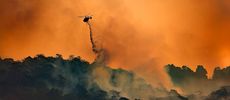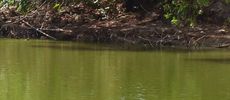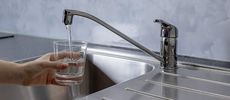Disaster Preparedness for Wildfires: What Utilities and Labs Should Do
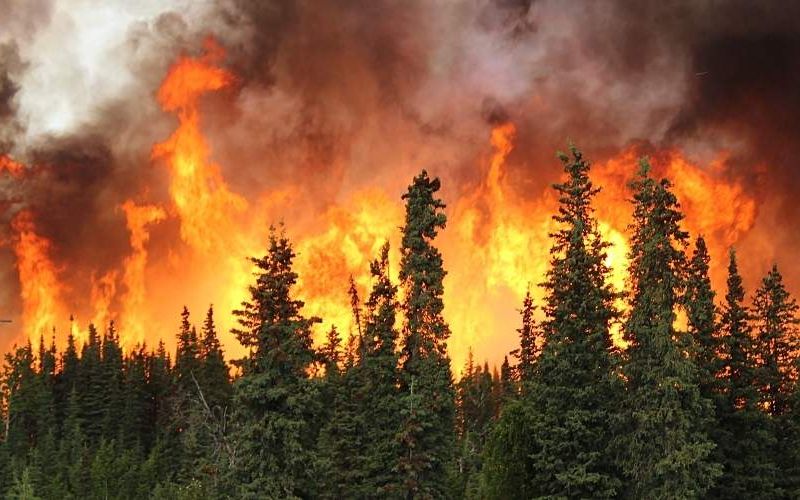
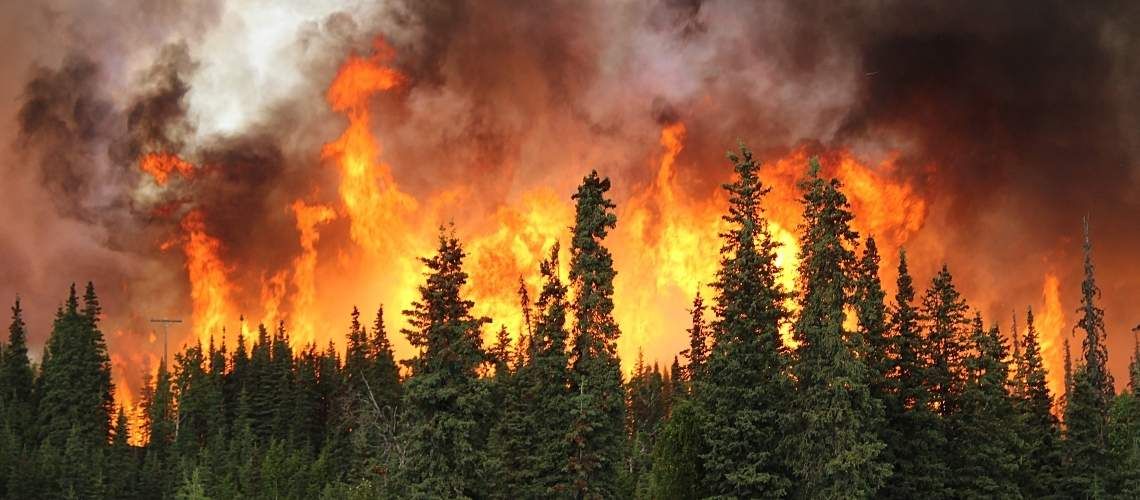
As wildfires become increasingly intense and unpredictable, they pose a serious and growing threat to water systems. These events don't just scorch landscapes—they damage treatment plants, disrupt operations, degrade source water, and upend water lab tests. In the aftermath, utilities may struggle to maintain service and public confidence while labs rush to analyze contaminants that weren't on their radar just weeks before.
The Environmental Protection Agency (EPA), American Water Works Association (AWWA), and other industry leaders offer guidance on disaster preparedness for wildfires. By assessing vulnerabilities, hardening systems, and upgrading readiness, utilities and labs can significantly reduce wildfire-related disruptions.
This article examines the steps and resources to help you prepare your systems, respond to disasters, address source water issues, manage lab demands, and communicate with customers to protect public health.
System Readiness
Utilities face four significant risks from wildfire: damage to infrastructure, contamination of source water, power loss, and staffing shortages. The first line of defense is a vulnerability assessment. Risk and resilience assessments (RRAs) help utilities identify fire-prone infrastructure, prioritize critical upgrades, and evaluate interdependencies with other utilities, emergency responders, and suppliers. The EPA's Vulnerability Self-Assessment Tool can walk you through this process. Under America's Water Infrastructure Act (AWIA), systems serving more than 3,300 people must conduct RRAs.
After identifying vulnerabilities, utilities should implement physical and operational protections:
- Clear brush and maintain defensible space around facilities
- Use fire-resistant materials and ember-proof vents on critical infrastructure
- Elevate or bury electrical equipment and water mains
- Install backup generators and secure emergency fuel
- Create alternate water sources or delivery pathways
- Formalize mutual aid agreements for staff, chemicals, and lab access
Also, refer to AWWA's G440 Emergency Preparedness Practices, which outline the minimum emergency preparedness requirements for water, wastewater, and reclaimed water utilities.
Emergency Preparedness
An effective emergency response plan (ERP) should address four key phases of a disaster:
- Mitigation: Ensure safety protocols are in place and being followed.
- Preparedness: Develop plans and processes for a crisis, such as supply location, communication protocols, and leadership.
- Response: Determine how lab staff will assist in the larger ERP and work with decision-makers on crisis communications.
- Recovery: Assign staff roles to restore your work environment as quickly as possible.
ERPs should reflect these phases and specifically address wildfire contingencies. The EPA provides extensive information and templates for developing an ERP. Tabletop exercises that involve local fire departments, health agencies, and other utilities can identify weak points and improve coordination in disaster preparedness for wildfires.
Source Water Contamination
In addition to threatening physical assets, wildfires can transform the chemistry of source water in a matter of hours. Runoff after a fire often carries large volumes of ash, debris, and sediment into rivers and reservoirs. Organic carbon spikes, pH shifts, and heavy metal contamination are common.
To monitor these risks, utilities can take the following steps:
- Establish baseline data on key source water parameters.
- Deploy real-time or portable sensors to detect changes.
- Develop rapid sampling protocols and lab coordination procedures.
- Communicate with watershed partners to identify the impacts of upstream fires.
Distribution systems can also be unfit for use. In the recent Los Angeles wildfires, drinking water was contaminated with volatile organic compounds (VOCs), such as benzene, likely due to heat-damaged plastic piping and low system pressure that drew in smoke or soil vapors. The result—prolonged "boil water" and "do not use water" notices.
Water Lab Response
Water labs play a vital role in wildfire preparedness. When contaminants emerge, you must validate results and provide rapid, defensible data to guide public health decisions. These steps can help you manage changing needs.
1. Expand analytical capability. Wildfires introduce non-routine contaminants, including VOCs, polycyclic aromatic hydrocarbons (PAHs) from the incomplete burning of inorganic matter, and metals such as arsenic, lead, and manganese. Labs should be ready to use or validate methods for low-level detection of wildfire-related compounds.
2. Plan for sampling surges. Disasters often lead to a sudden increase in required testing. Before a crisis, labs should establish mutual aid partnerships, cross-train staff to expand capacity, and stock key reagents and consumables. Access to remote data systems and backup power also ensures business continuity if your facilities are impacted.
3. Safeguard defensibility. After a wildfire, public concern and regulatory scrutiny increase. Ensure your lab adheres to The NELAC Institute's standards, maintains airtight chain-of-custody protocols, and confirms that all methods are certified and current.
Critical Communication
Wildfires can erode trust in water systems. Proactive, pre-scripted communication plans can help your utility or lab know what to say in advance.
Customer outreach before fire season also builds confidence. Share your utility's wildfire preparations and offer household-level guidance on emergency water storage and backflow prevention.
Long-Term Planning
Wildfires are becoming a recurring challenge for many utilities and labs. Planning must include everything from infrastructure design and source water monitoring to lab coordination and community outreach. Building this kind of readiness takes time, but each step strengthens your ability to respond quickly, protect water quality, and maintain public trust.
